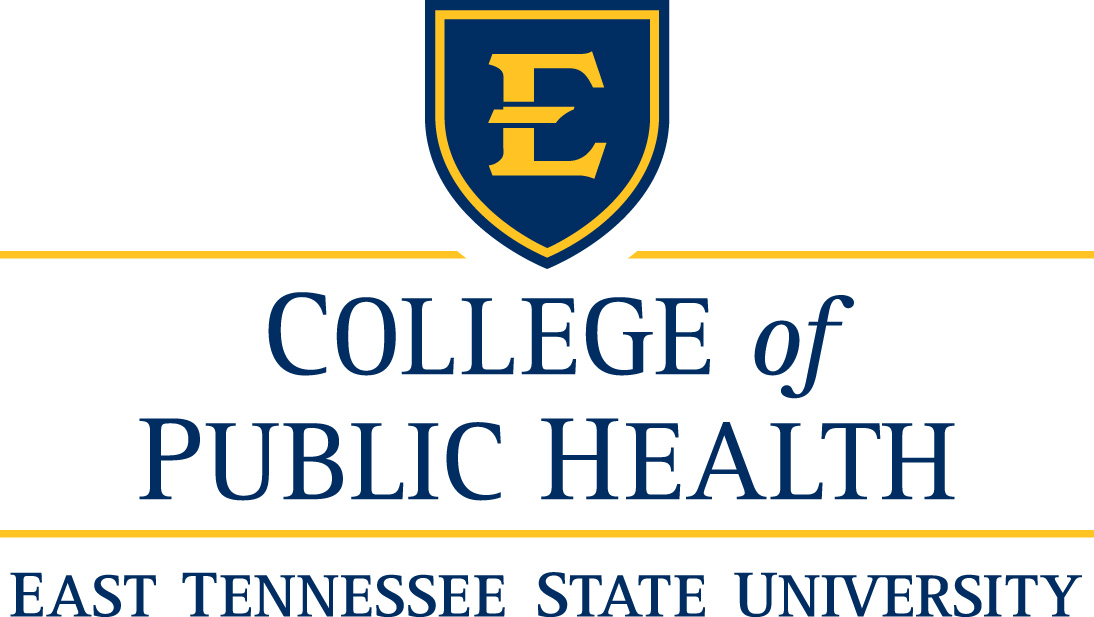Author Area of Expertise
Emily Cassim - Medicine, Surgical Oncology
Hannah McDonald - Medicine, Surgery, Surgical Oncology, Clinical and Translational Research
Megan Harper - Medicine, Surgery, Surgical Oncology, Clinical and Translational Research
Quan Chen - Biostatistics
Miranda Lin - Medicine, Surgical Oncology
Reema Patel - medical oncology, clinical cancer research
Michael Cavnar - Surgical Oncology, hepatobiliary surgery
Prakash Pandalai - Surgical Oncology, HIPEC
Bin Huang - Biostatistics
Pamela Hull - medical sociologist
Joseph Kim - Surgical Oncology, Clinical and Translational Research
Erin Burke - Surgical Oncology, Breast Oncology, Clinical Research
Abstract
Introduction: Rates of cancer mortality in Appalachian Kentucky is among the highest in the nation. It is unknown whether geographic location of treatment for pancreatic ductal adenocarcinoma (PDAC), one of the deadliest cancers worldwide, influences survival in Appalachian Kentuckians.
Purpose: This study compares outcomes among Appalachian Kentuckians with PDAC who received treatment at an academic medical center (AMC) or community facility (CF).
Methods: Using the Kentucky Cancer Registry, patients diagnosed with PDAC between 2003 and 2018 were identified. Patients were categorized according to treatment location (AMC v. CF) and county of residence (Appalachian v. non-Appalachian). Kaplan-Meier curves were constructed to assess survival and multivariate Cox regression analyses were performed.
Results: Overall, out of 4,402 PDAC patients, 87.3% received treatment at CFs and 12.7% at an AMC. When stratified by treatment location and Appalachian status, significant differences were found in clinicopathologic factors, such as age, smoking, insurance status, stage, and treatment (p < .05). Factors significantly associated with decreased survival included treatment at a CF (HR 1.53 for Appalachian, 1.25 for Non-Appalachian), patient age > 75 years (HR 1.44), having Medicare/Medicaid insurance (HR 1.23/1.16), and history of smoking (HR 1.11). Decreased 1- and 5-year survival was associated with treatment at a CF for both Appalachian (27.4% and 3.6%) and Non-Appalachian (36% and 5.7%) patients (p < .001).
Implications: Improved survival of Kentuckians treated at an AMC suggests that poorer PDAC outcomes in Appalachian patients may be related to access to tertiary care. Future research should examine potential reasons for these disparate outcomes and strategies for increasing the quality of cancer care at CFs.
DOI
https://doi.org/10.13023/jah.0601.02
Creative Commons License

This work is licensed under a Creative Commons Attribution 4.0 License.
Supplementary Table
Recommended Citation
McDonald H, Cassim E, Reagan A, Harper M, Chen Q, Lin M, et al. Treatment at an academic medical center eliminates survival disparities for Appalachian Kentuckians with pancreatic ductal adenocarcinoma. J Appalach Health 2024;6(1):5–19. DOI: https://doi.org/10.13023/jah.0601.02
Included in
Community Health and Preventive Medicine Commons, Public Health Education and Promotion Commons, Regional Sociology Commons





Social Media Links